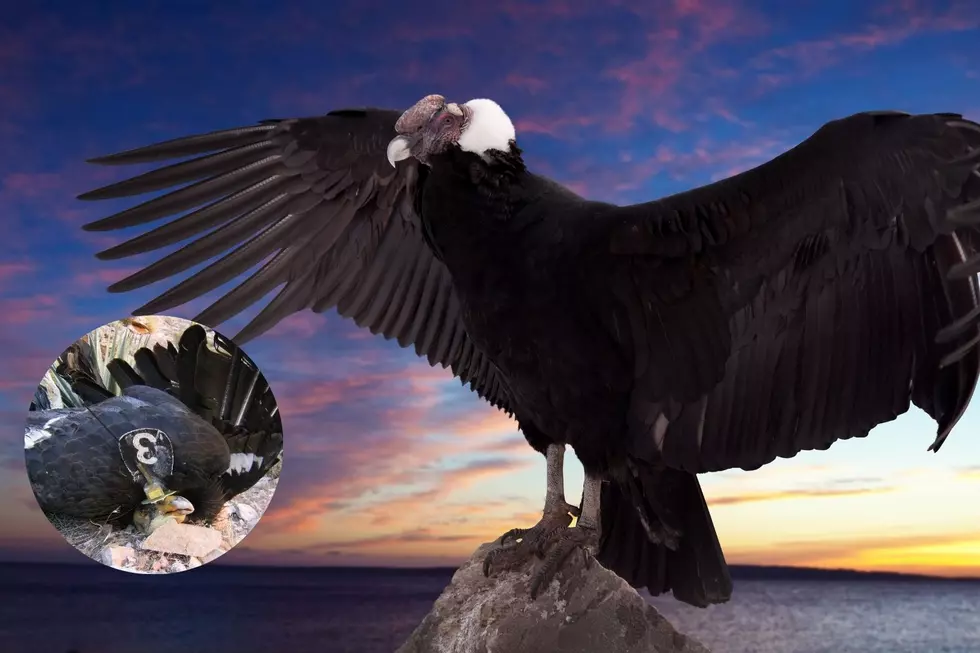
Tiny Metal Is Bringing Down California Condors in Utah
California Condors
At one point in 1982 there were only 23 California condors left in the entire world. Through a successful breeding program, these majestic birds were able to be reintroduced back into the wild, including in Southern Utah.
Currently there are over 500 of the birds with 95 of them on both sides of the border between Utah and Arizona. They have made a big come back and it is cool to see them when you drive the road from St. George to Kanab, but there is a threat to the condors here.
Lead Poisoning
The Utah Division of Wildlife Resources says that Lead Poisoning is the leading cause of death for condors, and it isn’t because their dwellings contain old paint. Condors are scavengers and will eat dead animals when they find them. This is how they ingest the lead.
If a hunter shoots an animal as part of a hunt, but doesn’t recover the animal, the condor may find it and eat it with the lead shot. This poisons the bird and often causes death.
Hunters Helping Condors Program
The DWR has a program where hunters who draw for the area where the condors live, can get free or discounted non-lead ammunition on certain days. There is also a $500 prize given for all who participate donated by the Peregrine Fund.
This program, along with an awareness from those who shoot in desert areas, can help these mighty scavengers soaring through the air for years to come.
LOOK: Here are the pets banned in each state
Gallery Credit: Elena Kadvany





